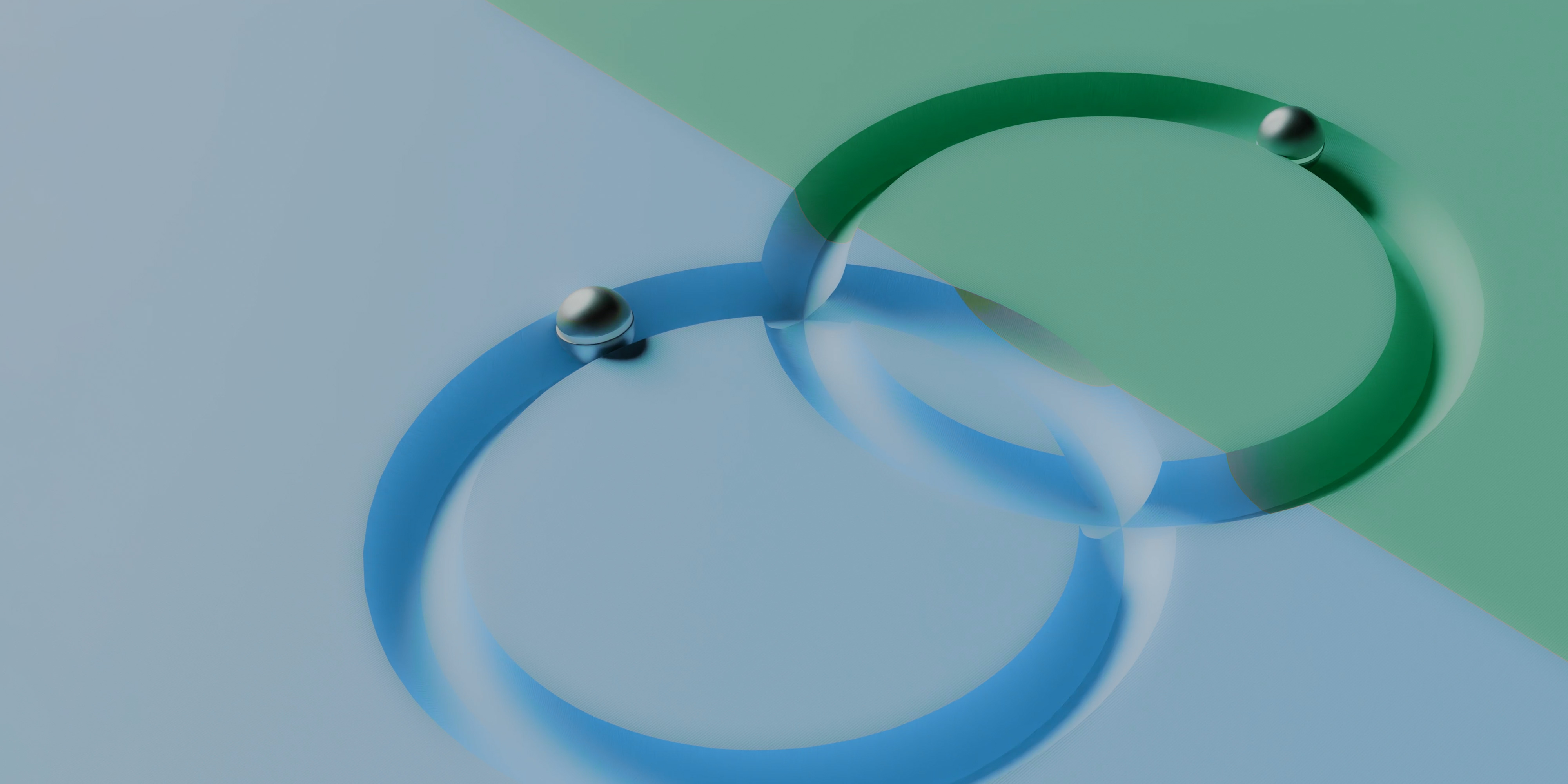
Circular economy
5 minute read
CEO Talks: Driving the change towards a circular bioeconomy – three theses
What is a circular economy? There are hundreds of different definitions, but for me, the concept of the circular economy is very simple: instead of throwing something away, you reuse it.
The circular bioeconomy is a term that combines the concept of circular economy to that of bioeconomy, which in turn is based on the sustainable use of renewable resources. In addition, the products we produce should be recyclable. I often like to approach this topic through three key theses.
1. In order to future-proof the industry, a circular bioeconomy is not an option – it is a must.
This statement has everything to do with two major, global challenges. The climate crisis and the global waste plastic challenge.
The climate crisis is so enormous that it will not be tackled with one single solution. We will need to reduce emissions in all sectors: land, air and sea. We also must reduce the environmental impact of different end products, and develop new means to ensure that plastic waste is seen as a valuable material and that it remains in circulation.
For example, Plastics Europe has pointed out that altogether 29 million tons of post-consumer plastic waste was collected in 2018 for treatment in Europe. Imagine, only one third of this was directed to recycling and even less actually recycled. The remaining two thirds was lost for the circular economy, either directed to energy recovery or buried in landfills. At the same time, plastics demand is expected to grow four-fold by 2050.
What brings us hope is the fact that the polymers and chemicals industry is already reacting to the pressure. I have spent 30 years in the industry, and I have never seen this level of excitement or, on the other hand, the pressure, to make the industry more sustainable. Pressure to change comes from the consumer side, reflected by big brands making ambitious sustainability commitments. It also comes from legislators, which are developing the necessary tools to both push and pull the industry towards a more sustainable future.
I believe that in order to future-proof our companies and industries, to truly live up to the growing expectations of our stakeholders, transformation towards greater circularity is not an option. It is a must. And THE license to operate in the future.
2. There are already available solutions – let’s put them into action.
We at Neste have a bold ambition: to become a global leader in renewable and circular solutions. We are already the world’s leading producer of renewable diesel and sustainable aviation fuel. In the field of polymers and chemicals, we are also placing focus on two fronts.
The first one is Circularity: together with several plastics value chain partners, we are developing technologies and capacity to chemically recycle plastic waste that is not recycled today. Our aim is to process over 1 Mton of waste plastic annually from 2030 onwards. We are progressing well towards this target: last fall, we processed 400 tons of plastic waste into high-quality recycled feedstock at an industrial scale.
The other key word is Renewable: producing renewable, drop-in feedstock to replace virgin fossil feedstock in the production of a variety of plastics and chemicals. Together with our partners, we did the first-ever commercial-scale production of bio-based plastics from renewable raw materials already in 2019, and have since announced more partnerships.
So my second thesis is this: there are already available solutions – we just need to put them into action. We are past the point where only target setting is sufficient: we must start making more sustainable choices today. And those solutions are already available. What was futuristic a decade ago, is possible already today.
However, all new solutions require major investments. And investments need a predictable business environment and policies that encourage innovation, because innovation cycles take years if not decades to become a reality.
A progressive, technologically forward thinking and consistent policy framework can encourage all industry players to innovate and maximize value from existing resources. This is essential for accelerating the shift towards a circular economy, and for economic growth and recovery in general.
3. The circular bioeconomy is a business opportunity best grasped together with partners.
All this is of course not possible without cooperation. Tackling the climate crisis or the global waste plastic challenge calls for innovation, commitment, and most of all – partnerships.
Closing the circularity loop requires a lot of action and the support of the entire value chain. When working together, forerunner companies can truly make a positive impact even within the most complex value chains. My third thesis is, therefore, that the circular bioeconomy is a business opportunity best grasped together with partners.
I believe circularity should not be seen only as something you have to embrace, but also as a business opportunity. The most sustainable companies in the world are actually the most successful and resilient in many respects. And they are those companies that believe in the power of cooperation.
Sustainability and circularity should be seen as value drivers. These hold value in themselves – companies should be sustainable and operate sustainably, not because it is mandated by the law or expected by others, but because it is really the only way to run successful businesses in the long term.
It is the best approach not only for the company itself, but for the people, society and economy as well – not to mention for the whole planet. Not only to get us through this pandemic, but also to tackle the climate crisis and global waste plastic challenge in the longer term.
Peter Vanacker President and CEO
#CEOTalks





